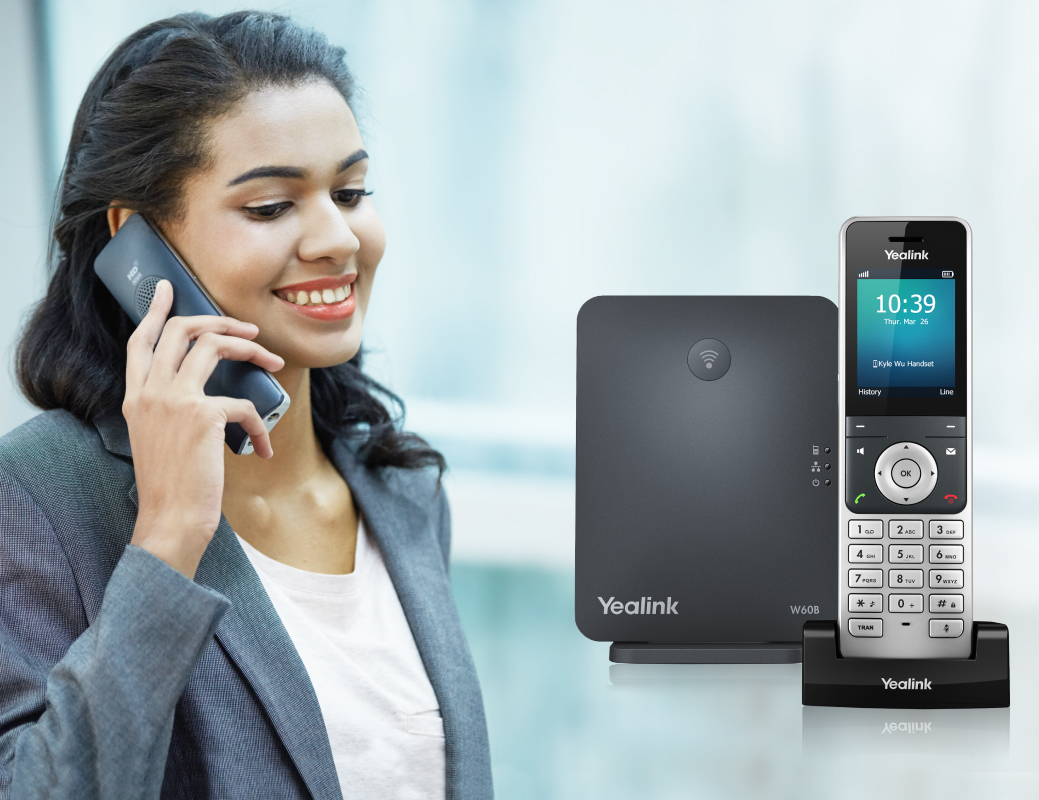Introduction
In the fast-paced world we live in today, communication is at the heart of every successful business. With the rise of technology, traditional phone systems are giving way to more innovative solutions, one of which is Voice over Internet Protocol (VoIP). Not only does VoIP enhance communication, but it also presents an eco-friendly alternative to conventional telephony. This article delves into Eco-Friendly Communications: Why VoIP Phone Systems Matter, exploring their benefits, features, and the crucial role they play in promoting sustainable business practices.
What is a VoIP Phone System?
A VoIP phone system leverages internet technology to transmit voice communication instead of traditional telephone lines. By converting sound into digital signals that can travel over the internet, these systems eliminate the need for physical wires and reduce energy consumption.
How Does a VoIP Phone System Work?
VoIP operates by breaking down audio signals into data packets. These packets are then transmitted via broadband internet connections. The technology allows users to make voice calls using computers, smartphones, and specialized VoIP phones.
Key Components of a VoIP Phone System
Internet Connection: A high-speed broadband connection is essential for optimal performance. VoIP Phones: These can be dedicated devices or software-based applications on computers and mobile phones. VoIP Provider: Companies that offer VoIP services facilitate call routing over the internet. Router: A quality router ensures efficient data packet transmission without lag.The Environmental Impact of Traditional Communication Systems
Traditional landline systems rely heavily on physical infrastructure such as copper wiring and switching stations, contributing significantly to carbon footprints. The manufacturing processes involved in creating telecommunication hardware often result in resource depletion and pollution.
Carbon Footprint Analysis of Conventional Phones
- Manufacturing Emissions: Significant emissions stem from producing materials like plastics and metals used in phone handsets. Energy Consumption: Fixed-line networks consume large amounts of energy for maintenance and operation. Waste Generation: Old hardware contributes to e-waste; only a fraction gets recycled properly.
Why Choose VoIP Phone Systems? The Eco-Friendly Advantage
VoIP phone systems offer numerous environmental benefits compared to traditional systems:
1. Reduced Energy Consumption
VoIP uses modern network technology that consumes less power than traditional phone lines.
2. Lower Carbon Footprint
By relying on existing internet infrastructure rather than extensive physical installations, businesses can significantly reduce their carbon emissions.
3. Minimal Hardware Waste
Many companies opt for software-based solutions or integrate existing devices, decreasing electronic waste production.
Cost Efficiency and Sustainability with VoIP
Beyond their environmental advantages, VoIP phone systems are cost-effective solutions for businesses looking to maintain sustainability while managing operational expenses effectively.
Operational Cost Reductions
Switching to a VoIP system can lead to significant savings on monthly bills due to:
- Lower international call rates Reduced maintenance costs Elimination of costly hardware upgrades
Scalability Benefits
VoIP systems easily adapt as businesses grow; adding new users typically requires minimal additional investment compared to traditional setups.
Enhanced Communication Features of VoIP Phone Systems
One reason companies opt for Eco-Friendly Communications: Why VoIP Phone Systems Matter is due to the rich feature set they provide:
1. Call Forwarding
Easily redirect incoming calls to any device or location—ideal for remote work scenarios.
2. Video Conferencing
Most VoIP providers include video capabilities that allow face-to-face interactions without travel emissions.
3. Unified Messaging
Consolidate voicemail, email, and fax into one platform for improved efficiency.
The Role of Remote Work in Sustainable Practices
As remote work becomes increasingly common, businesses must leverage technologies that support this shift while reducing their ecological impact.
1. Flexibility and Accessibility
VoIP enables seamless communication regardless of location—perfect for teams working remotely.

2. Reduced Commuting Emissions
With fewer employees commuting daily, companies contribute significantly less CO2 emissions through reduced traffic congestion.
Choosing the Right VoIP Provider for Your Business
When selecting a VoIP phone system, it's crucial to evaluate various factors ensuring you choose a provider aligned with your sustainability goals:
1. Service Reliability
Look for providers with excellent uptime records and robust customer support.

2. Sustainability Initiatives
Choose companies committed to environmental practices—many top providers invest in green technologies or carbon offset programs.

3. Feature Set Alignment
Ensure the provider offers features that meet your specific business needs without overwhelming complexity or extra costs.
Implementing a VoIP Phone System: Best Practices
Transitioning from traditional telephony to a VoIP phone system involves several best practices:
1. Plan Your Transition
Conduct VoIP Phone System Las Angeles thorough planning around how you’ll implement your new system without disrupting current operations.
2. Test Your Internet Connection
Before installation, ensure your broadband connection can handle increased data usage from voice calls without degradation in quality.
3. Train Employees
Provide training sessions for staff members so they can maximize their use of new features effectively during day-to-day operations.
FAQ Section
1. What are the main advantages of using a VoIP phone system?
Using a VoIP phone system offers cost savings on calls, flexibility with remote work options, enhanced features like video conferencing, and reduced carbon emissions compared to traditional systems.
Continued sections would include detailed explanations about each heading/subheading laid out above.
Due to space constraints here, please feel free to request more specific sections or additional content based on particular headings!